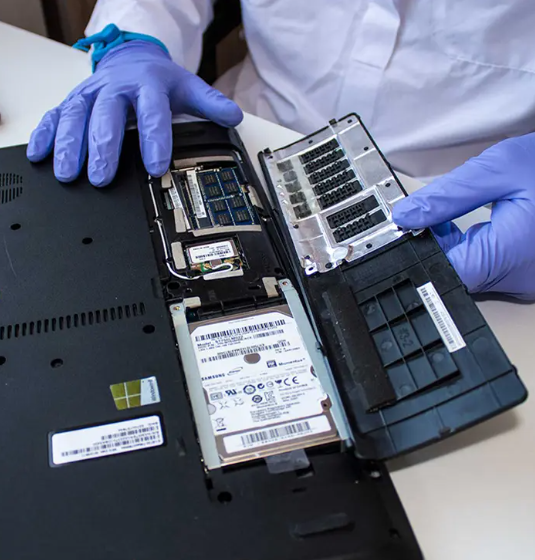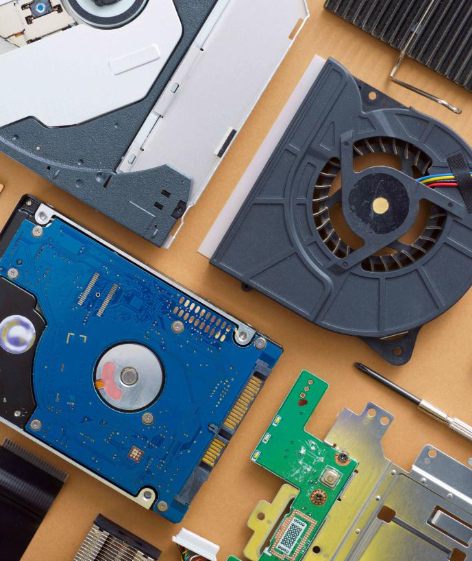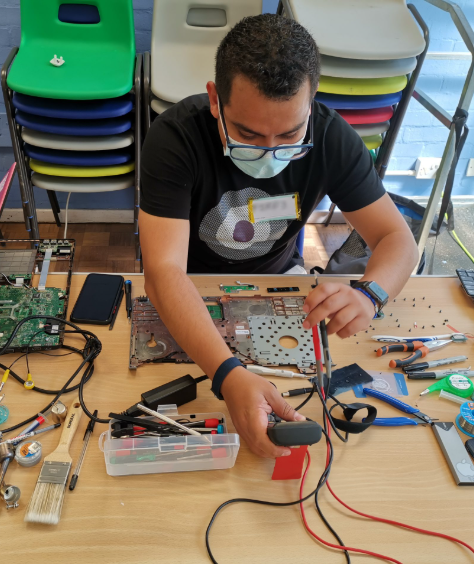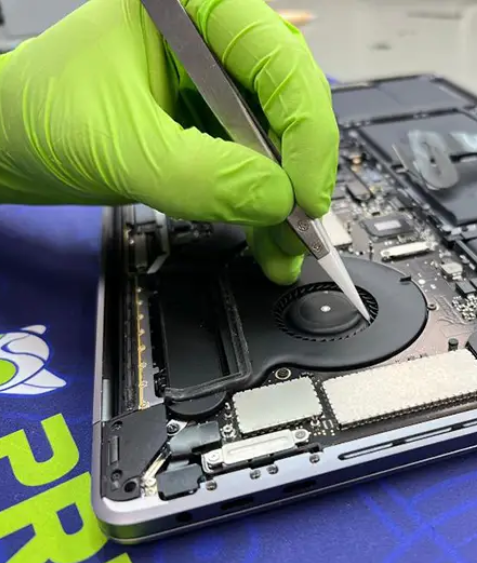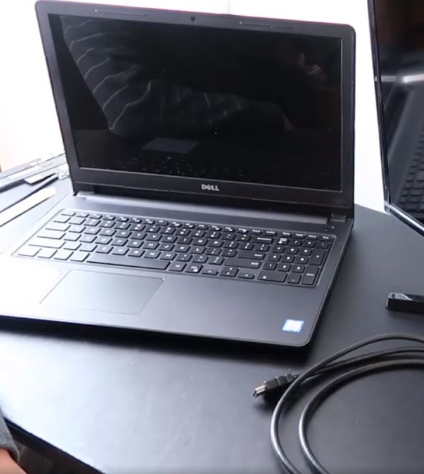
There’s something satisfying about rolling up your sleeves and tackling a computer problem yourself—until things go wrong. What starts as a simple fix can quickly spiral into a costly disaster if you’re not careful. Whether you’re a tech-savvy hobbyist or a first-time troubleshooter, avoiding these ten common DIY repair mistakes can save you time, money, and a whole lot of frustration.
1. Jumping In Without Proper Diagnosis
Picture this: Your computer is running slower than usual, so you assume it’s a virus and start deleting files or reinstalling software. But what if the real issue is a failing hard drive or an overheating processor? Misdiagnosing the problem means wasting effort on useless fixes while the actual culprit worsens. Instead, take time to research symptoms, run diagnostics, or consult a professional before grabbing your toolkit.
2. Underestimating Static Electricity
That tiny zap you feel after shuffling across the carpet? It’s enough to fry delicate computer components. Static electricity can silently destroy RAM, CPUs, and other sensitive parts before you even realize it. Always ground yourself with an anti-static wrist strap or mat before touching internal hardware. And skip the wool socks—synthetic fabrics and carpeted workspaces are a recipe for disaster.
3. Using Makeshift Tools
That butter knife might fit the screw, but forcing it could strip the head or damage the board. Computers require precision tools—magnetic screwdrivers, spudgers, and specialized picks—to avoid bending pins, breaking connectors, or scratching circuits. Investing in a proper toolkit is cheaper than replacing a ruined motherboard.
4. Forcing Parts Into Place
If a component isn’t slotting in smoothly, stop. RAM sticks, CPU sockets, and ribbon cables have delicate connectors that bend or snap under pressure. Double-check alignment and gently reseat parts instead of muscling them in. Patience beats a shattered SATA port any day.
5. Cranking Screws Too Tight
Overzealous tightening can crack casings, warp circuits, or strip screw threads—leading to loose parts, poor heat dissipation, and system failures. Snug is enough; if you’re tempted to “just make sure,” step away from the screwdriver.
6. Yanking Cables Like They’re Weeds
Tugging cables out by their wires stresses connectors and can fray internal strands, causing intermittent failures. Always grip the plug (not the cord) and wiggle it free gently. When routing cables inside the case, avoid sharp bends that strain the wiring.
7. Working in a Dust Storm
Dust clogs fans, insulates heat, and can even short-circuit components. Before opening your machine, clean your workspace and blast compressed air through vents and crevices. Bonus: Wear a mask unless you enjoy inhaling decade-old keyboard crumbs.
8. Ignoring Your Computer’s SOS Signals
Beeping error codes, sudden shutdowns, or flickering screens aren’t just quirks—they’re distress calls. Brushing them off might mean ignoring a failing power supply or corrupted BIOS. A quick online search or professional consultation could prevent a meltdown.
9. Tackling Advanced Repairs Blindly
Replacing a cracked laptop screen sounds straightforward until you realize it involves disassembling hinges, adhesive strips, and fragile ribbon cables. Some fixes demand expertise and specialized tools. Know your limits; paying a pro is cheaper than buying a new device.
10. Skipping the Backup
Even a routine repair can accidentally wipe your hard drive. Always back up critical files to an external drive or cloud storage before tinkering. Data recovery is expensive—and sometimes impossible.
Final Thoughts
While DIY repairs can be rewarding, computers are intricate machines where one wrong move can escalate problems. If you’re out of your depth, there’s no shame in calling an expert. After all, the goal is a working computer—not a story about the time you turned a $50 fix into a $500 paperweight.











